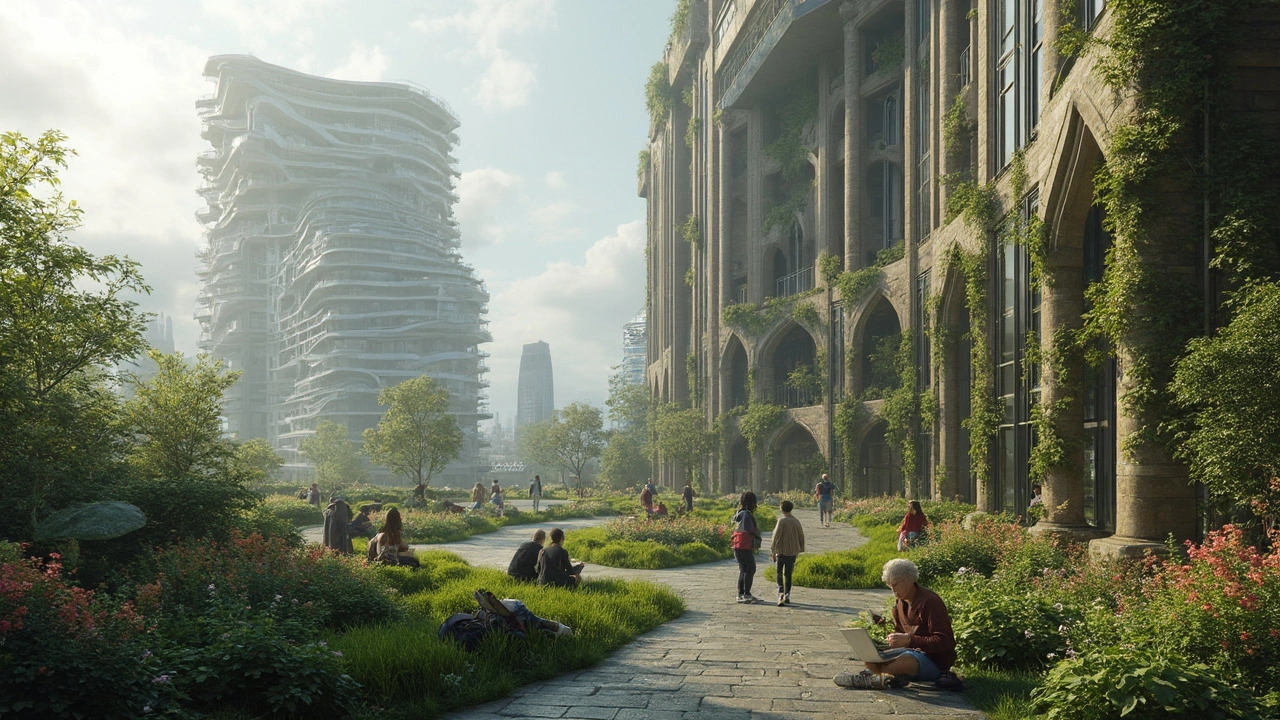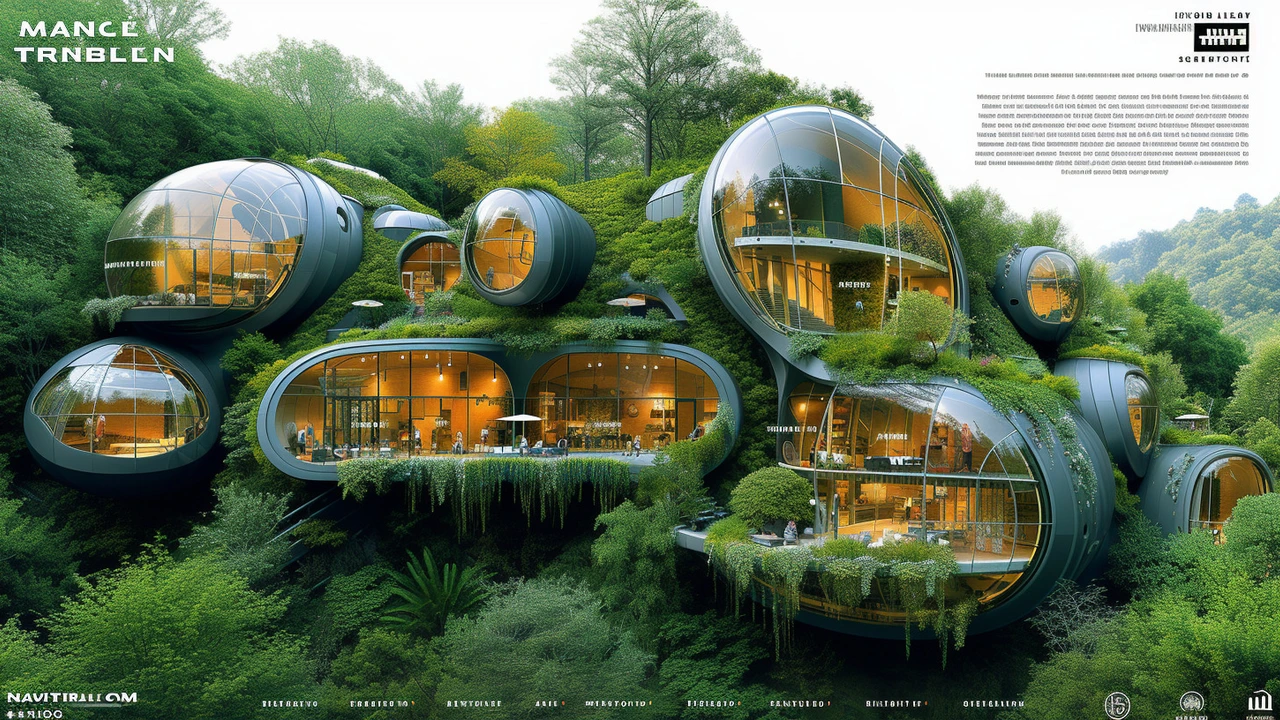Sustainability in Architecture and Art
Sustainability isn't a buzzword — it's how we keep buildings, neighborhoods, and creative projects useful for decades. Here you'll find clear, practical steps that connect historic craft and modern green ideas. Whether you care about restoring a Beaux-Arts facade or reducing energy in a new build, these tips matter.
Start with the big picture: use less energy and waste less material. Orient buildings to catch winter sun and shade summer heat. Add insulation, seal gaps, and choose high-performance windows. For homeowners, small moves like a programmable thermostat, LED lighting, and simple air-sealing often cut bills fast.
Design and materials that last
Pick materials that age well and can be repaired. Local stone, reclaimed wood, and long-lasting metals reduce transport impact and look better over time. For artists, choose low-VOC paints, recycled paper or reclaimed frames, and avoid single-use plastics. Durable choices mean fewer replacements and less waste.
Think about life-cycle impact. Ask suppliers where materials come from and how they’ll be disposed of. Life-cycle thinking also pushes you toward design for disassembly: use fixings and joins that allow future reuse, not permanent glue or mixed composites you can't separate.
Give old buildings new life
Adaptive reuse is a huge win. Converting a warehouse into housing or retrofitting a historic office keeps embodied carbon in place. Preservation and sustainability go hand in hand: restoring a Georgian or Beaux-Arts facade can be cheaper and greener than demolition. Focus on upgrading systems — HVAC, insulation, lighting — while keeping character-defining elements.
When working on heritage buildings, pick reversible interventions. Add interior insulation instead of stripping decorative exteriors. Use energy-efficient lighting and discreet solar where possible. These moves preserve history and improve comfort without wearing away the original craft.
Make water part of the plan. Rainwater harvesting, low-flow fixtures, and native landscaping cut water use and reduce runoff. Green roofs and permeable paving cool cities and extend roof life, which saves money over time.
On the urban scale, design for walkability and transit. Mixed-use blocks, tree-lined streets, and human-scale public spaces cut car dependence and boost local life. Those design choices affect daily emissions far more than fancy tech alone.
For creatives and small teams: minimize shipping by sourcing materials locally, use modular sets, and design lightweight displays that pack flat. Swap single-use packing for reusable crates and plan shows so materials get reused across projects.
Want to explore examples? Read our posts on Roman engineering, Beaux-Arts preservation, minimalism, and adaptive reuse to see how historical techniques and modern green strategies meet. Pick one small change you can try this week — swap bulbs, plant a shade tree, or repair instead of replace. You'll see the difference.

Reimagining Federal Architecture in the 21st Century
Federal architecture is getting a 21st-century makeover. Forget the predictable and the mundane, this new design wave blends practicality with breathtaking aesthetics. Be prepared to see eco-friendly materials and innovative spaces that serve public functions while nurturing communities. This article dives into how federal buildings are transforming, shedding the old for something impressively new and vibrant. Dive in and discover the fresh face of our public structures.
Read more
Why Sustainable Architecture is the Future of Urban Living
Hey there, lovely readers! I've been bubbling with excitement to chat about this - sustainable architecture! Sounds fancy, doesn't it? Well, it's not just the future, it's the sassy, smart, and eco-friendly diva of urban living. Why? It's because this green goddess reduces energy consumption, limits waste and, get this, can even improve our health. Imagine living in a world that's kind to Mother Earth and us. Now, that's what I call a total win-win!
Read more